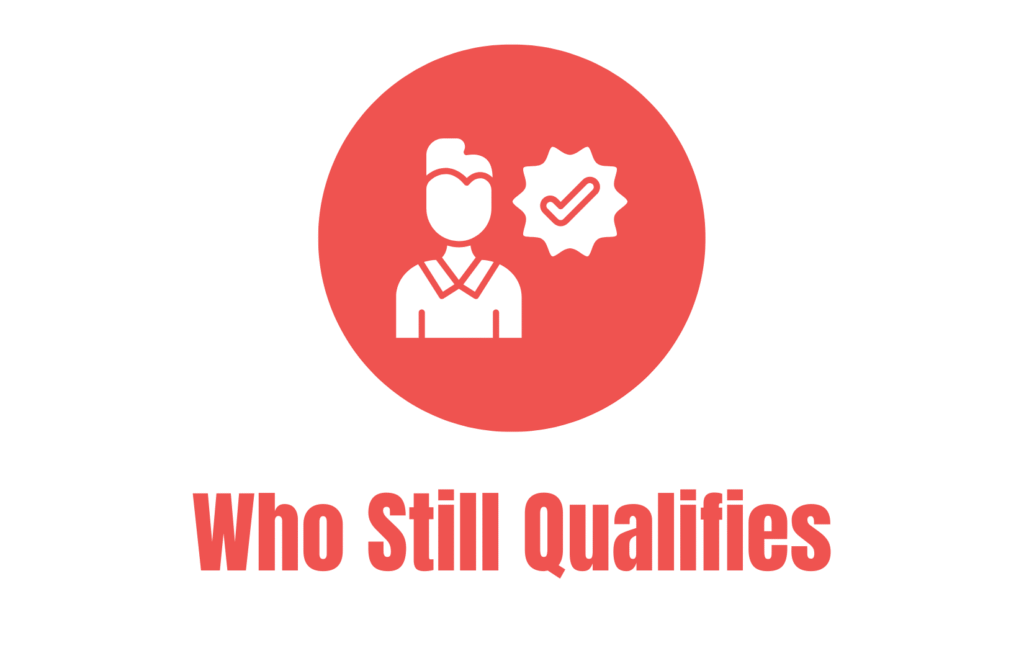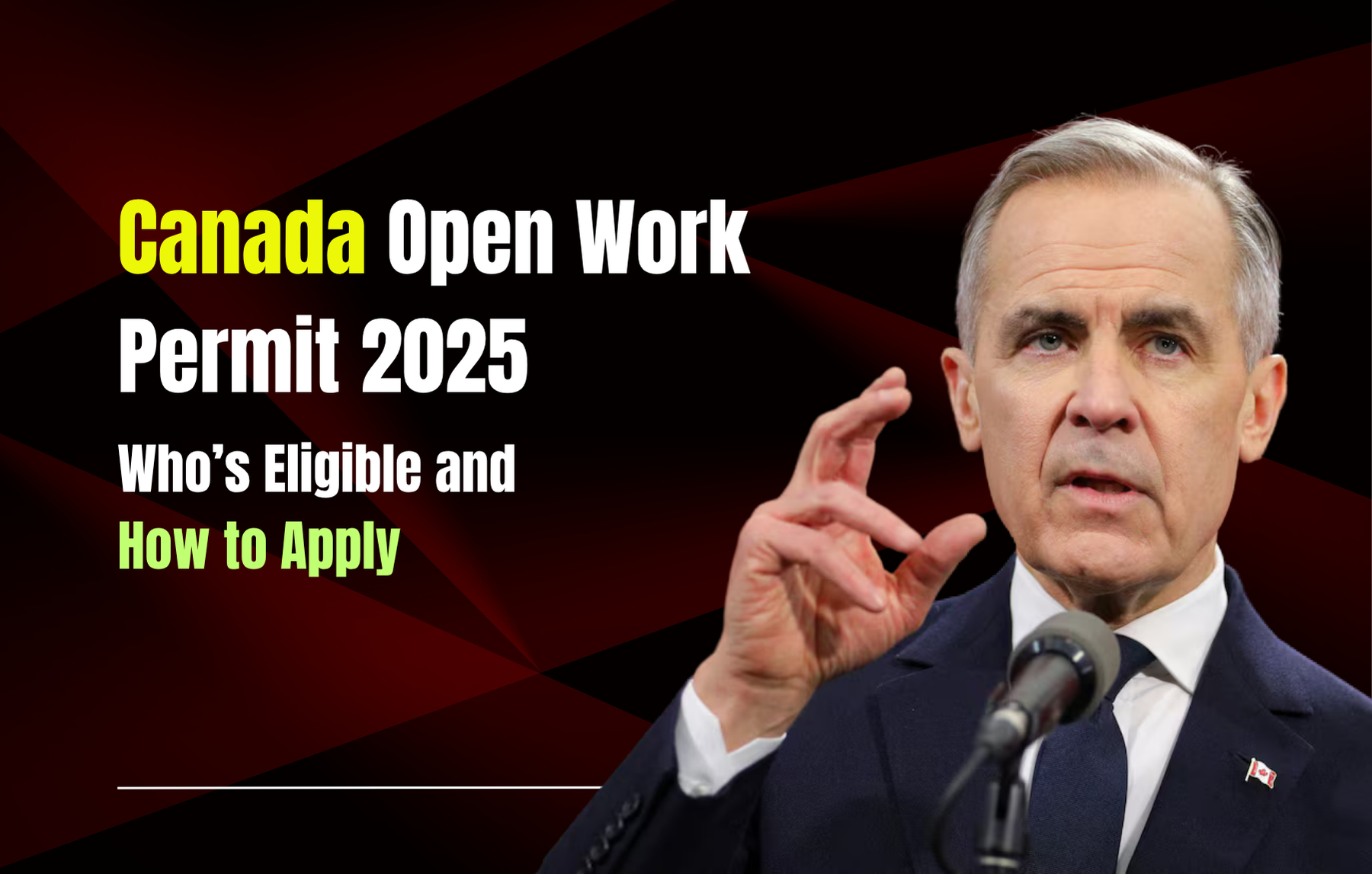Canada Open Work Permit 2025: New Eligibility Rules & Application Process
Introduction: What Is an Open Work Permit & Why the 2025 Changes Matter
In Canada, an Open Work Permit (OWP) allows a foreign national to work for nearly any employer in the country without needing a specific job offer or Labour Market Impact Assessment (LMIA). It offers flexibility and mobility, making it a valuable pathway especially for spouses or common‑law partners, international graduates, and other eligible groups.
However, effective January 21, 2025, Immigration, Refugees and Citizenship Canada (IRCC) has introduced stricter eligibility criteria for family open work permits (i.e. those for spouses/common‑law partners of workers or students) to better align with the country’s labor market priorities and immigration goals. These changes have significant implications for many families, international students, and temporary foreign workers.
In this article, you’ll find:
- What is changing in 2025
- Who will still be eligible (and who loses eligibility)
- How the application process works under the new rules
- Important transitional provisions
- Tips, challenges and alternative options
What’s Changing in 2025: The Major Policy Shifts
1. Narrower Eligibility for Spousal / Family Open Work Permits

Under the previous regime, spouses or common-law partners of many temporary foreign workers or international students could apply for open work permits. Starting January 21, 2025, that access is significantly restricted.
Key changes include:
- Only spouses of certain international students qualify — specifically, students enrolled in Master’s programs (16 months or longer), doctoral programs, or selected professional programs. Lower‑duration or undergraduate programs may no longer qualify their spouses.
- Only spouses of foreign workers in specific occupations will remain eligible. The worker must hold a job in TEER 0 or 1, or in selective TEER 2 or 3 roles tied to labor‑shortage or government priority sectors (e.g. natural/applied sciences, health care, construction, education, resources).
- At the time of application, the principal foreign worker must have at least 16 months remaining validity on their current work permit.
- Dependent children will no longer be eligible for open work permits under the family category.
These changes aim to focus open work permits on higher‑skill segments and curtail family access under lower-skilled categories.
2. Transitional Provisions & Grandfathering
- Applications received before January 21, 2025 will still be processed under the old rules (i.e. the broader eligibility) as long as they were complete by that cutoff.
- Existing open work permits granted prior to the new rule stay valid until expiry.
- Those renewing open work permits must meet the new criteria.
- Exemptions include spouses under free-trade agreement streams or families transitioning to permanent residence.
3. Post‑Graduation Work Permit & Program Changes
Although the 2025 open work permit changes focus heavily on family permits, updates to the Post-Graduation Work Permit (PGWP) regime also influence open work permit policy, because PGWP holders can sometimes benefit from open work permits.
Notable points:
- On June 25, 2025, IRCC attempted to remove many fields of study from PGWP eligibility. But by July 4, 2025, 178 fields were reinstated, and updates are paused until early 2026.
- This back-and-forth illustrates instability in PGWP rules and their downstream effect on work permit planning.
4. Policy Context: Broader Tightening on Temporary Residents
The shift in open work permit rules is part of a broader tightening on temporary resident programs. Canada’s government has floated reducing the proportion of temporary residents from 6.5 % to 5 % of the population.
Additionally, Canada has already announced fewer study permits in 2025, and restrictions on work permits for spouses of certain students and foreign workers.
Who Still Qualifies: Eligibility Under the 2025 Rules

Under the new rules, only selected categories remain eligible for (or newly eligible for) open work permits.
A. Spouse / Common-law Partner of Foreign Worker (Family OWP)
To qualify:
- The spouse/common-law partner applies from inside or outside Canada.
- The principal foreign worker’s job must fall under:
- TEER 0 or 1, or
- Select occupations in TEER 2 or 3 in priority sectors (e.g. health care, sciences, construction, education).
- The principal worker must have at least 16 months remaining on their work permit.
- The worker should have valid Canadian employment history (often at least 6 months).
If the spouse or partner meets these, they may apply for an open permit — allowing them to work for any employer.
B. Spouse of an International Student
Eligibility is now limited to students in Master’s (16 months or more), PhD, or selected professional programs offered by Designated Learning Institutions (DLIs).
Spouses of students in undergraduate or short-duration programs no longer qualify.
C. Other Open Work Permit Streams (Unaffected / Less Changed)
Some categories that remain or are less impacted by the 2025 changes include:
- Applicants with pending permanent residence applications (e.g. open work permits bridging during PR processing)
- Vulnerable worker stream: People suffering abuse under employer-specific work permits
- Existing PGWP holders (depending on PGWP eligibility rules)
Application Process & Documents (2025)
Here’s a step-by-step of how to apply under the new rules.
Step 1: Confirm Eligibility & Timing
- Verify that your category (spouse, PGWP, vulnerable worker, etc.) remains eligible under 2025 rules.
- If applying under the old rules, ensure your application is submitted before Jan 21, 2025.
- Ensure your principal (spouse or student) meets the occupation, permit validity, and institutional criteria.
Step 2: Gather Documents
Common documents typically include:
- Valid passport
- Proof of relationship (marriage certificate, common-law documentation)
- Copy of spouse’s / principal’s work or study permit
- Proof of principal’s employment and occupation classification (TEER/NOC)
- Proof of remaining permit validity (16+ months)
- Educational credentials, transcripts, enrollment letters (for students)
- Police clearance, medical exam (if required)
- Digital photo, biometrics, application fees
Step 3: Submit the Application

- Apply online via IRCC portal (preferred) or at applicable visa office
- Pay required processing fee and biometrics fee
- Monitor for additional document requests or requests for clarification
Step 4: Await Decision & Status
- If you applied before Jan 21, 2025 under old rules, your application should be processed accordingly
- Approved permits remain valid until expiry
- If renewing under new criteria, your application must fully meet the updated eligibility
Challenges, Risks & Workarounds
1. Many Applicants Lose Eligibility
Spouses/common-law partners of lower‑skilled workers or students in shorter programs may not qualify any more. This considerably restricts access for many families.
2. Processing Backlogs & Status Lapses
There’s growing concern over IRCC processing delays, which can lead to work permit expiry before renewals are decided. Some migrants reportedly lose legal status during extended delays.
3. Uncertainty Around PGWP Eligibility
Because the PGWP rules shifted and reverted, students must carefully check whether their program remains eligible.
4. Losing the LMIA‑free advantage
OWPs bypassing the LMIA process is one of their advantages. But under stricter eligibility, fewer will qualify to enjoy this freedom.
5. Visitors-to-Work-Permit Policy Ended
Previously, a temporary COVID-era policy allowed some visitors in Canada to apply for work permits without leaving. That policy has been ended.
Practical Tips & Best Practices
- Apply early: If you qualify under old rules, apply before January 21, 2025.
- Check your program’s eligibility (for students).
- Accurately classify the principal worker’s occupation (TEER/NOC). Mistakes lead to rejections.
- Maintain valid status in Canada while application is pending.
- Keep track of IRCC notices, processing times, and any policy reversals.
- Consider alternative permits (employer-specific work permit) if open permit eligibility fails.
- Consult an immigration expert if your case is borderline or complex.
Outlook & Conclusions
The 2025 changes to Canada’s Open Work Permit policy represent a shift toward prioritizing higher-skilled migration and more tightly managing access for dependents. Many spouses of workers and students in less skilled or shorter-duration roles will lose eligibility, while others must meet stricter criteria (occupation, permit validity, program type).
If you or your spouse plan to apply, act swiftly, verify eligibility under the new rules, and prepare your documentation carefully. Given policy volatility (especially around PGWP eligibility), staying updated through official IRCC communications is essential.
FAQs
1. What is a Canada Open Work Permit (OWP)?
An OWP lets foreign nationals work for most Canadian employers without a job offer or LMIA, offering flexibility, especially for spouses, students, and certain workers.
2. What changes are coming to family open work permits in 2025?
Starting Jan 21, 2025, only spouses of select students and skilled workers in high-demand sectors are eligible. Dependents like children are no longer included.
3. Who can still get a spousal open work permit in 2025?
Spouses of workers in TEER 0, 1, and selected TEER 2 or 3 jobs, and of students in Master’s, PhD, or specific professional programs remain eligible.
